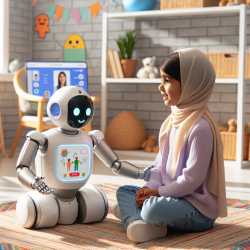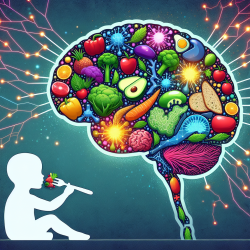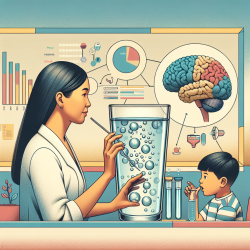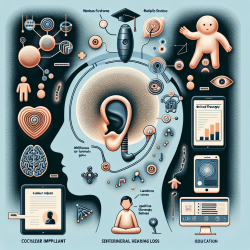Robot-Assisted Autism Therapy (RAAT) has shown promising results in enhancing social skills, emotional understanding, and communication in children with Autism Spectrum Disorder (ASD). The research article "Robot-Assisted Autism Therapy (RAAT). Criteria and Types of Experiments Using Anthropomorphic and Zoomorphic Robots. Review of the Research" provides a comprehensive review of various studies and their outcomes. This blog will explore practical insights from this research that practitioners can implement to improve therapy outcomes for children with ASD.
Key Findings and Practical Applications
1. Enhancing Emotional Recognition
The study by Marino et al. (2020) demonstrated that children with ASD showed significant improvement in recognizing and understanding emotions after interacting with humanoid robots. Practitioners can incorporate robots like NAO into their therapy sessions to enhance emotional recognition and contextual understanding of emotions.
2. Improving Social Skills
Valadao et al. (2016) emphasized the importance of familiarizing children with robots to create a sense of security. Practitioners should consider a phased approach where initial sessions focus on self-presentation and familiarization with the robot, followed by interactive sessions to improve social skills like eye contact and touch.
3. Developing Non-Verbal Communication
So et al. (2016) showed that low-functioning children with ASD could significantly improve their gestural communication skills through robot-assisted interventions. Practitioners can use robots to teach and reinforce gestures, thereby enhancing non-verbal communication skills.
4. Facilitating Complex Social Interactions
Studies by Zhang et al. (2019) revealed that children with ASD could learn complex social rules, such as distrust and deception, more effectively with robots. Incorporating robots into therapy can help children with ASD understand and navigate complex social interactions better.
Encouraging Further Research
While current research highlights the potential benefits of RAAT, further studies are needed to validate these findings and explore new applications. Practitioners are encouraged to stay updated with ongoing research and consider participating in studies to contribute to the growing body of knowledge.
Conclusion
Robot-Assisted Autism Therapy offers a promising avenue for enhancing social and communication skills in children with ASD. By incorporating robots into therapy sessions, practitioners can create engaging and effective interventions. The potential of RAAT is vast, and ongoing research will continue to unlock new possibilities.
To read the original research paper, please follow this link: Robot-Assisted Autism Therapy (RAAT). Criteria and Types of Experiments Using Anthropomorphic and Zoomorphic Robots. Review of the Research.










